By Richard Aspinall
Text and photographs, by author, unless stated otherwise
Roaming around the tidal pools and rocky shores of my native Northern England undoubtedly fostered my interest in the natural world and ultimately my passion for reef keeping and diving. Whilst I travel further afield now, I still enjoy a good exploration of the shoreline wherever my travels take me.

Salarias Blennies were common in the rocky areas and frequently spent time out of the water – something anyone keeping them in a home system will never observe – not with a happy ending anyway!
Recently I was able to journey to Mauritius to explore the country’s remarkable biology, both above and below the water line and whilst the birds and the clown fish were wonderful, the lagoons, mangrove swamps and rocky shores were even more fascinating.
In this piece I will share my observations and rock pool ramblings and also share my new found passion for mangroves.
Rocky Shores
Rocky Shores exist at all latitudes and in all seas and oceans, their tidal exposure, light availability and high oxygen levels (excluding low oxygen levels in warm isolated pools) means that rocky shores are rich places for the adventurous biologist or small boy with a bucket – in my case I am regularly both.
The Rocky shores of Mauritius, like many tropical islands, exist as part of a barrier reef lagoon complex and are thus relatively sheltered and in areas away from river estuaries tend to be clear and free of significant amounts of sediment. Having said that, stony corals were absent from the tidal zone in most shores I encountered and were declining en masse within the lagoons due to human pressure and tourism development and activities.
At first the shore appeared barren, but on closer observation was covered in life. The rich algal growths supported several grazers that were immediately obvious with hermits existing in huge numbers. I could identify three distinct species which appear to be in the genus Calcinus.
The hermits were exclusively above the water line – a lifestyle that many of us are unaware of – most of our hermits, used as ‘Clean Up Crew’, are not from reef habitats, but from shorelines. Below the water line I found a different assemblage of grazers including Cone Shells, Cowries (Cypraea sp.), Nassarids and the occasional Cerith (though the latter existed in much larger numbers in the mangrove areas).
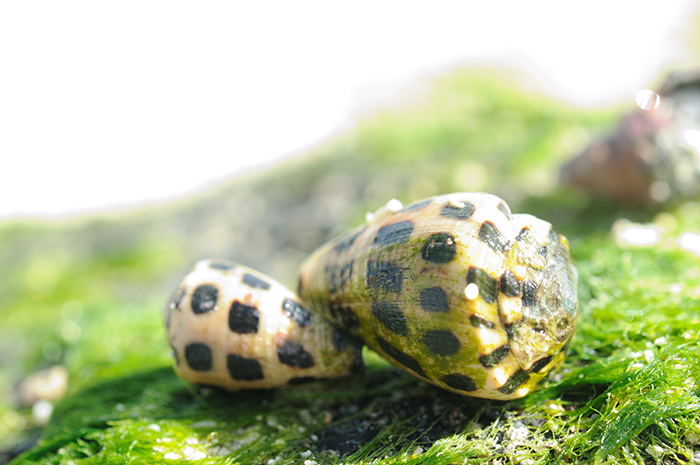
Conus sp., is the best I can offer in terms of ID, though I did remember to avoid handling these potentially venomous specimens.
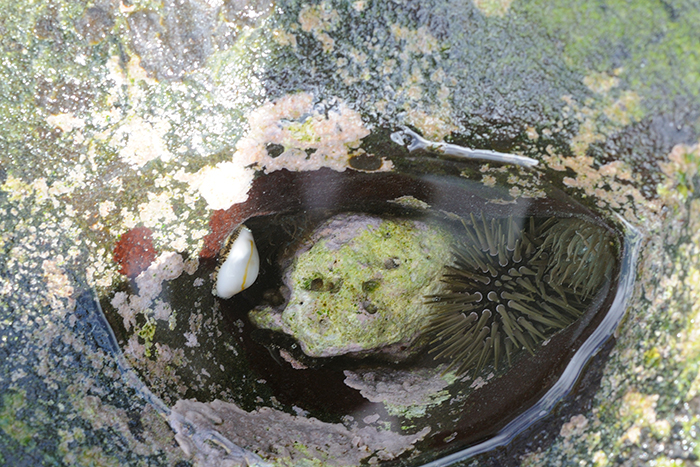
Here’s an interesting pool. Perhaps four inches across this ‘pico pool’ housed an urchin, two anemones and a cowrie.
Numerous crab species were present, but time after time it was the Salarias Blennies that kept my attention as they used the waves to ‘surf’ onto algae covered rocks to graze; one specimen had adopted a bore hole made by a long gone stone boring mollusc and seemed to be defending this micro pool which gave it access to a rich growth of algae.
Below the low water line, yet still amid the rocks was even more fascinating with reef fish such as Moorish Idol and several tangs being seen frequently, though hard to photograph sadly. Predators were also common and I spent several minutes watching a free swimming Peppered Moray hunting the blennies that chose to return to the water. I also found a small channel strewn with large and broken shells that indicated an octopus’ lair.
Sadly these habitats are increasingly threatened and I watched with a great deal of sadness as fifty feet of rocky shore was trashed to make way for a swimming area for tourists and the rocks piled to form breakwaters, the ability of the ecosystem to recover is hard to estimate.
Lagoons
Away from the rocky shores the shallow lagoons dominate and whilst appearing dull and uninteresting are actually very important habitats that are key to dealing with nutrients that would impact on the corals in the deeper lagoons and on the reef.
Slightly deeper waters below the low water line are frequently home to various communities of macro algae (various Caulerpa species) as well as sea grasses. The vegetation here forms another unique community and was replete with fish fry. I also noted, when diving on the reef, that the small fragments of vegetation that found their way onto the reef were regularly consumed by several species of reef fish – again linking the lagoons with the reef.
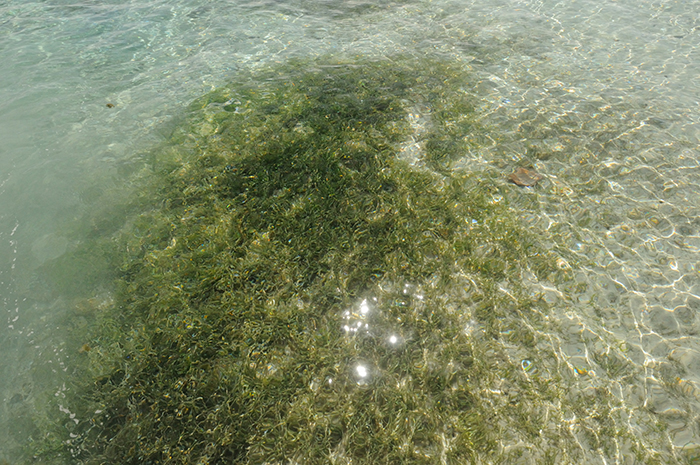
A mosaic of Caulerpa species, Halophila ovalis and filamentous algae which help trap sediment and stabilise the sand.
Further from the shore and where human activity has damaged corals and sediment loading is an issue, algae dominates again. In many lagoons, dead coral colonies are obvious and have been overgrown by algae, some colonies of pocilipora and porites persist and I managed to find one example of an acroporid.
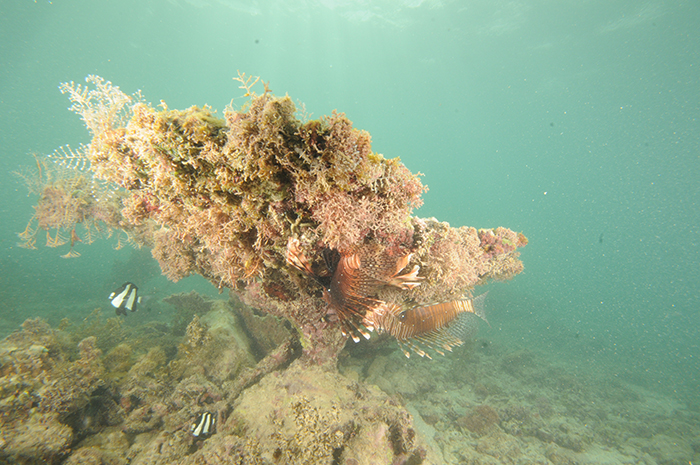
A dead coral formation provides shelter for damsels and lionfish. The coral has been entirely overgrown by macro algae and hydrozoans. The water is very turbid.

Various acroporids such as A. formosa and A. robusta have been decimated in most lagoons; this lone specimen was the only one I found.
There is little doubt that the lagoons I visited were suffering. Areas that were clearly thriving corals a decade ago were now little but rubble. The divers I spoke to pointed out the wakes of water skiers and other water sports activities as the cause and the run-off from agriculture as compounding the problem with increased sedimentation and nitrates.
You’d think environmental awareness would be the norm in the land of the Dodo, but I found a nation that was only slowly coming to the realisation that the tourism dollars it so craves will only keep on flowing whilst the environment stays as healthy and pristine as the hotel brochures promise.
Mangroves
Away from the depressing lagoons and their lack of corals was one habitat that appeared to be in fine health – the mangrove fringe. Mangroves are found across the tropics and fringe thousands of miles of coastline and estuarine habitat. Their ubiquitous nature should not be taken for granted though – worldwide, mangroves are estimated as declining at a rate of around two percent per year with a concomitant loss of nutrient cycling, sediment trapping and protection from storms that mangroves provide along with their vital role in sheltering young fish that only later in their lives will inhabit reefs.
Around fifty species from 16 families are considered as mangroves (this changes depending which source you read), though the one most aquarists are familiar with is Rhizophora mangle, the Red Mangrove, which is commonly grown and collected from Floridian waters. The species shown here is believed to be R. mucronata.
A Very Adaptable Tree
Mangroves are described as facultative halophytes; they can exist in salt, brackish or fresh water and are one of the very few flowering plants that can tolerate salty conditions (sea grasses being the other significant group). Salt is dealt with in several ways; either by exclusion at the roots as in Red Mangroves which use a process similar to reverse osmosis or through excretion of salt at the leaf surface (seen in Black Mangroves (Avicennia sp., White Mangroves (Laguncularia sp.) and Cottonwoods). Many aquarists erroneously believe they must rinse their mangrove’s leaves with fresh water regularly, but this is only necessary in salt excluding species. Some species deposit salt in the bark and/or senescent leaves. Coping with salt has its biological costs, due to the energy expenditure needed, and mangrove growth is slower than would be expected with some species showing different tolerances and growth rates dependent upon salinity.
Another mangrove adaptation is their ability to grow in anoxic conditions and transport air throughout the plant’s tissues through specialised roots (pneumatophores) and through spongy tissues within the plant’s stems and roots. According to one source, it is possible to blow air from one end of a short section of mangrove stem to the other.
It is also worth noting that the various strategies mangroves utilise are believed to be the result of convergent evolution, where similar structures and methods of growth have evolved separately within the families of plants considered as mangroves.
Mangrove seeds are also remarkable structures and the trees’ success is down to these buoyant propagules as they are more correctly known.
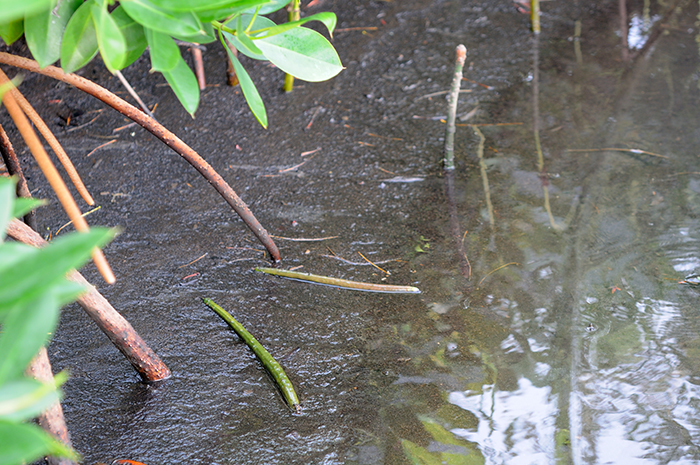
Propagules recently washed onto the shore. I have seem wildlife documentaries that suggest the propagules fall ‘dart like’ into the soft mud and take root – this is uncommon and they usually take root after being washed onto the high tide line.

The young trees are now growing aerial supportive roots (aka prop roots), note the thick muddy sediment. Several species grow emergent roots which transport oxygen to the plants tissues.
Propagules are not the seeds of mangroves but the result of germination and development of seeds whilst still attached to the tree and is known as vivipary – a ‘technique’ shared with the other vascular plants that live in the ocean – the seagrasses. In White Mangroves germination often occurs during the dispersal stage. The dispersal stage is necessary to complete development and varies between species; though in Red Mangroves it is around forty days. Needless to say, this strategy of long-lived propagules capable of travelling long distances is responsible for the trees’ wide geographic range, thought there is some debate as to the distance individual propagules may travel, with many sinking before they travel further than a mile or so.
Mangrove flowers are small with four greenish white petals and it is quite possible for captive trees to grow them and since R. mangle will fertilise itself, propagule production is possible
Mangroves in the Aquarium
I recently visited the Hornimann Museum and Aquarium in London and met one of the best ‘multi taxa’ mangrove habitat systems I’ve ever seen, which also features a range of macroalgae and several fish species including Anableps. This particular aquarium mixes dead wood and living specimens to create a convincing display. The mangroves here are ‘potted’ in marine mud below increasingly coarse substrate layers to a depth of around ten inches.
In my home system, I have several plastic pots that are normally used for water plants that contain the mangrove roots within a matrix of course coral ‘gravel’. This offers sufficient room for the roots to develop (I will prune them if necessary) and also holds the plant fast and prevents me knocking them over every time I service the skimmer. I believe Aqua Medic make a ‘hang on’ mangrove holder for sump or tank use.
Mangroves, in my experience are relatively easy to care for, they do seem susceptible to magnesium depletion (chlorosis) and will show yellowing of the leaves and leaf drop if the levels drop below NSW levels of 1300-1500ppm. Insect pests may infect your mangroves, if this happens you should manually remove any critters or affected leaves and avoid the use of pesticides and soaps. As noted above, many mangroves do not require salt to be rinsed from them regularly (you are the tropical rain!), but dust and salt spray should be removed with a plant mister filed with RO water.
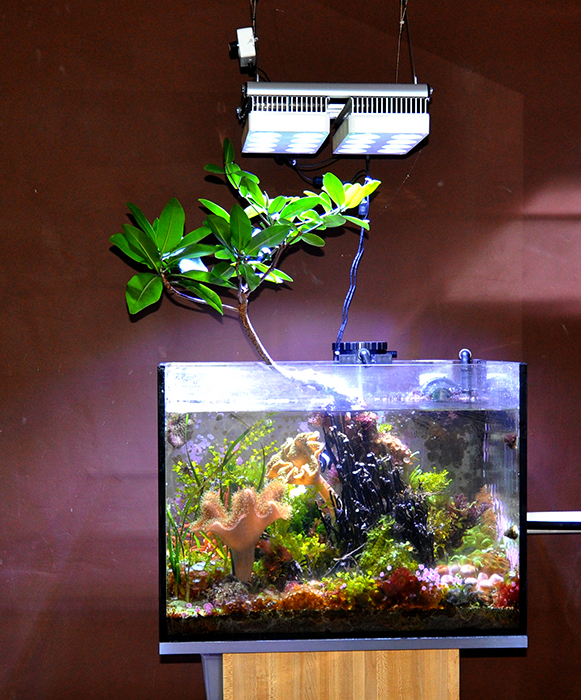
R. mangle growing in a refugium attached to a larger reef tank belonging to Julian Sprung. (Image by Michelle Lemech).
Mangroves are often grown in sumps or refugiums and can create interesting structures with their roots that quickly become home to various encrusting life forms (epibionts) from diatoms to tubeworms as well as forming shelter for motile species. It is unlikely that the average hobbyist will be able to keep enough mangrove specimens in a system to have any appreciable impact on nutrient levels directly, Chaetomorpha and other macro algae are always going to be better at exporting nutrients, but every little helps and as you remove the occasional dead leaf you should be pleased to see nutrients leave your system.
Incidentally, mangrove forests and fringe are very productive ecosystems, processing nutrients very efficiently and preventing them from entering reefs and other coastal habitats. Large numbers of micro and macro fauna from snails to crustaceans rely on nutriment that collects within the tangle of mangrove roots and process detritus and estuarine outwash further up the food chain. This highly efficient nutrient cycle directly impacts on the reefs and wider seas by converting detritus into a range of foodstuffs from zooplankton to mangrove leaves themselves which are consumed by many crab species.
Mangroves then are unlikely to be key nutrient exporters in the marine aquarium but can clearly form structures under the surface that are ideal for colonisation by beneficial organisms in the refugium and can perhaps create micro habitats within the substrate/root interface where specialised and hopefully beneficial bacteria and other life will thrive in low oxygen but not totally anoxic conditions.
For me, mangroves merit space in my sump for their intrinsic interest and their aesthetics – there is no doubt that mangroves that are encouraged to emerge well above the water line and pruned to create bushy growth (nip out the central growth bud between leaf pairs) make very attractive features indeed.
Mangroves for the Future
The threats to mangroves are many, with development and aquaculture being the chief culprits. In recent years the value of mangroves for coastal stabilisation and protection from storm and tsunami surges has been recognised and increasingly fishing communities and governments are realising that mangroves form ‘nurseries’ for commercially important fish species and are engaging with conservation agencies to seek to protect their ‘living coastal defenders.’
Whilst biologists, aquarists and geeky types like me value these habitats in their own right, the case for protecting mangroves in the wild needs to be made at an economic level.


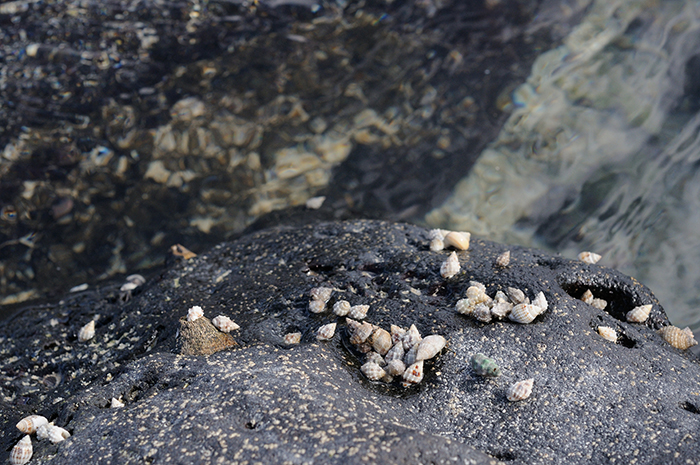
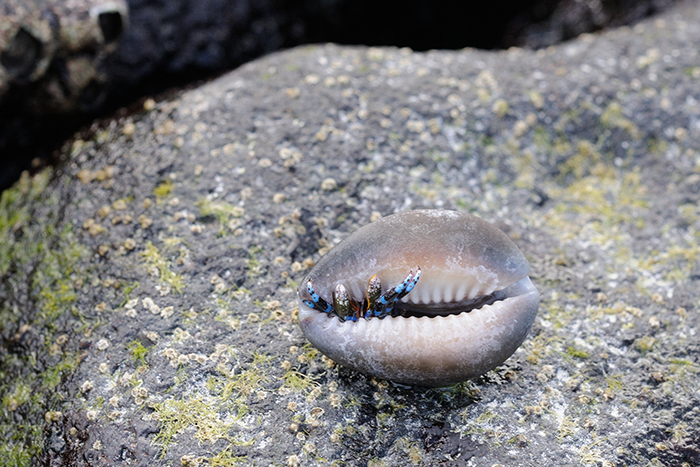
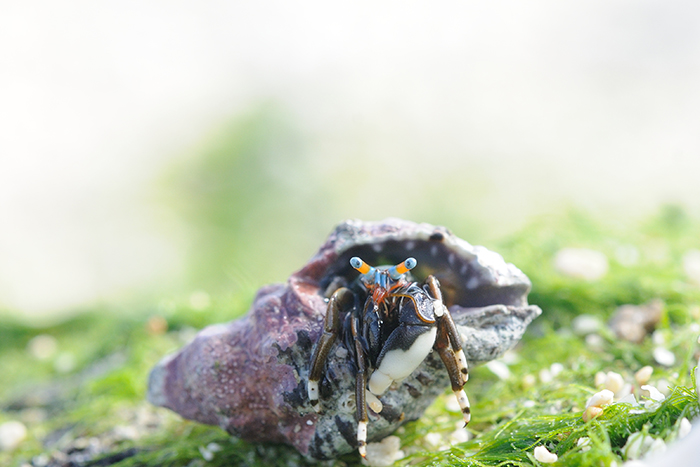

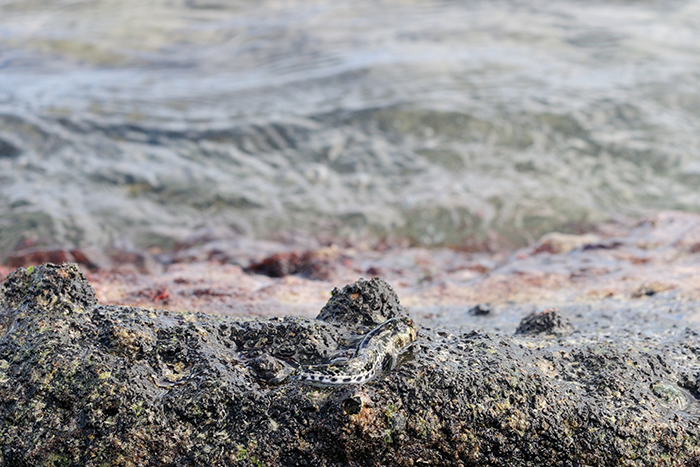
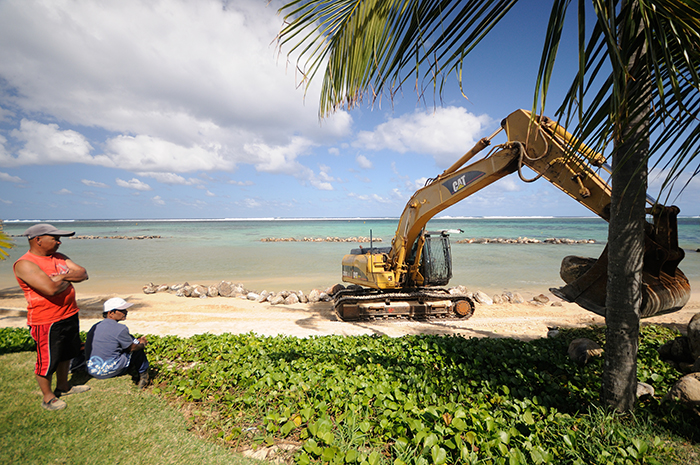
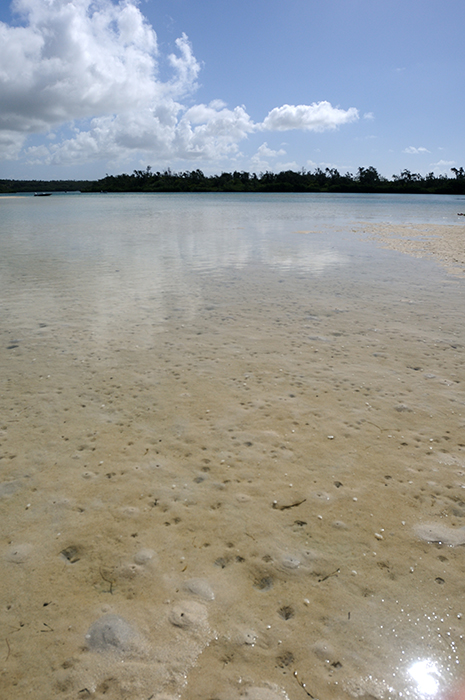
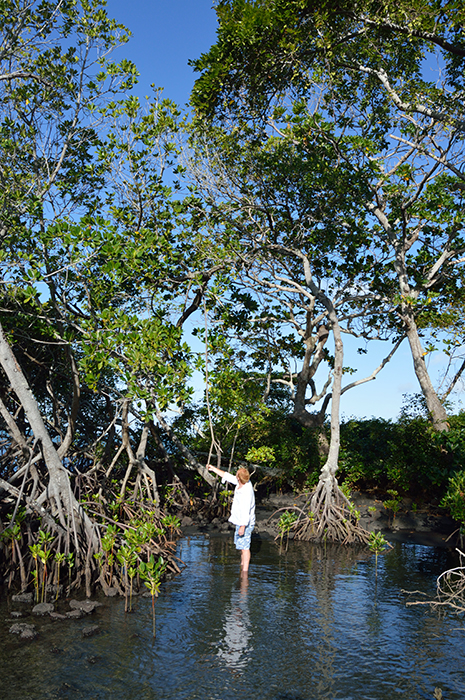
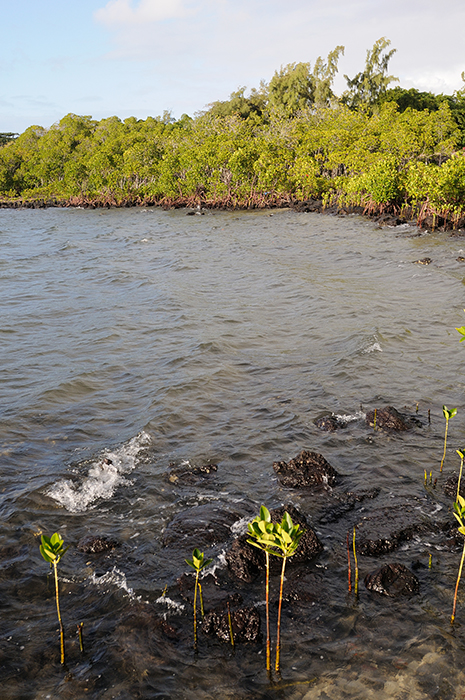
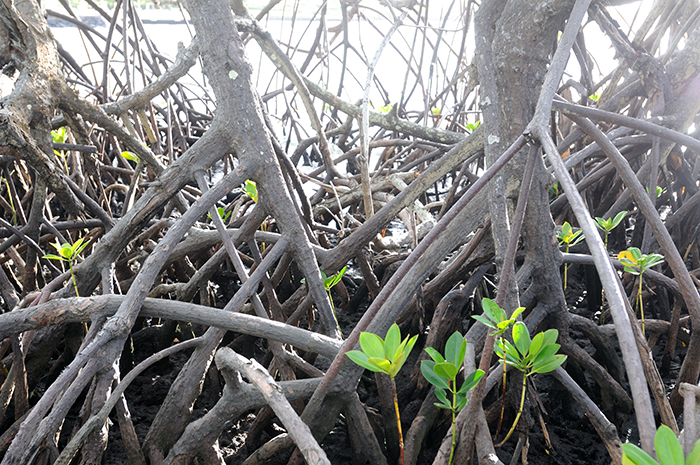

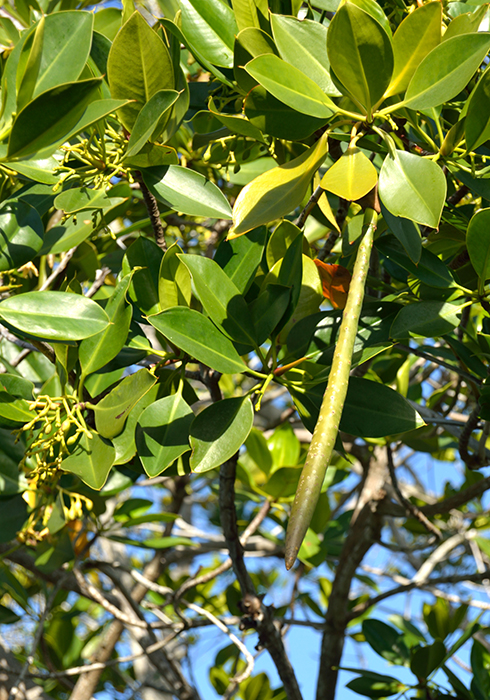
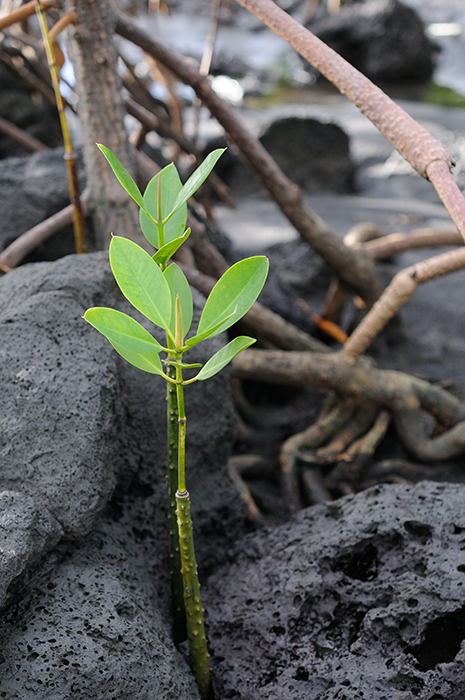
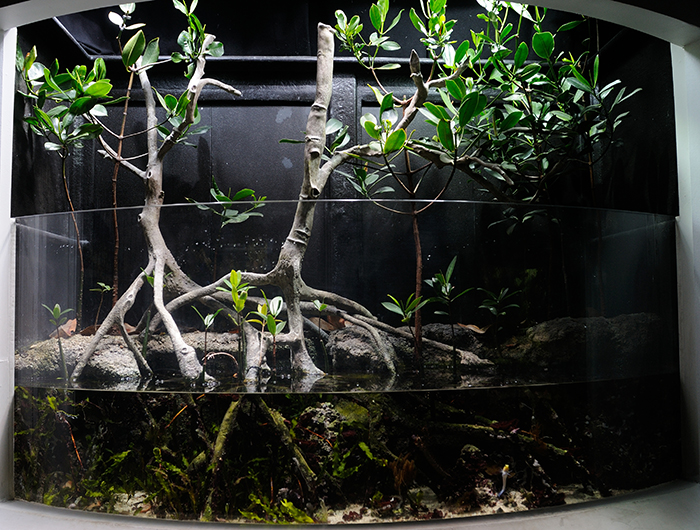
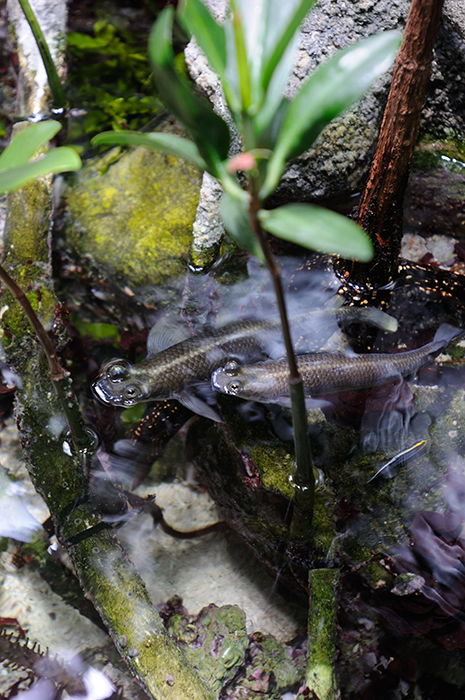

0 Comments